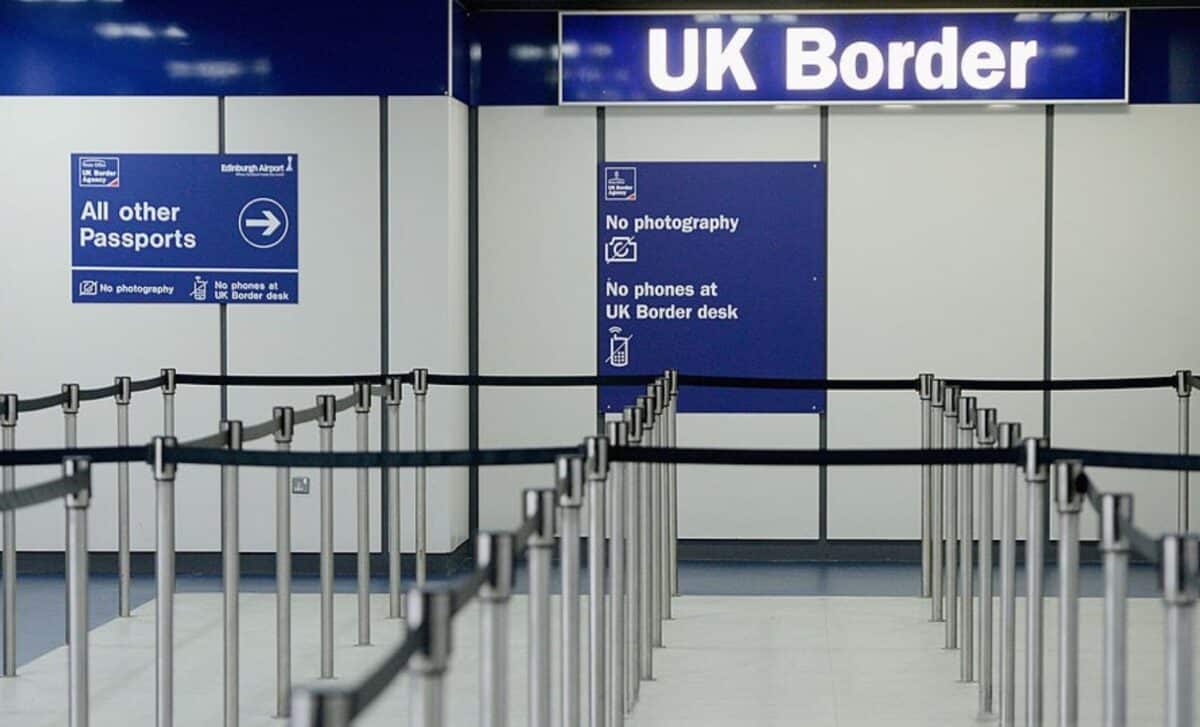A recent study on migration suggests that by 2035, a quarter of the UK’s population will be migrants, placing immense pressure on public services and the economy. This surge is expected to cost taxpayers up to £234 billion over the coming decades. The report, conducted by the Centre for Migration Control (CMC), provides a sobering outlook on the demographic shifts the country faces in the next decade.
With the UK already grappling with a declining birth rate and an increasing number of people emigrating, immigration’s role in shaping the nation’s future is more pivotal than ever. This new wave could reshape the workforce, economy, and society in ways that are still unclear.
Migrant Numbers and Economic Costs
The CMC study, using figures from the Office for National Statistics (ONS), predicts that by 2035, the UK’s population will rise to 75.36 million, with 18.2 million of these individuals having been born abroad. This trend is being driven by an increase in the number of people moving to the UK, with an estimated 2 million migrants set to be eligible for indefinite leave to remain.
Such a surge in migration is expected to cost the UK economy £234 billion. This figure, which translates to an average burden of £8,200 per household over the next several decades, is a stark reminder of the financial pressures public services will face. The study highlights the strain on essential services, from healthcare to education, as a result of the increasing number of residents born outside the UK.
According to Robert Bates of the CMC, the impact of mass migration on public services is “undeniable.” This analysis calls into question the sustainability of current immigration policies and the ability of the government to accommodate the growing number of migrants while maintaining adequate services.
Political Responses and Public Concerns
The study has sparked a wider debate on immigration policy, with critics from various political backgrounds voicing concerns. Conservative leader Kemi Badenoch has been particularly vocal, condemning the “conveyor belt to a precious British passport” and the Labour Party’s perceived leniency towards the issue.
The Home Office has responded to the study, attributing the high migration levels to policies implemented under the previous government. They argue that the figures represent “net migration” and that the trend reflects historical patterns rather than an unprecedented crisis.
Despite political differences, one undeniable fact remains: the UK is facing a significant shift in its demographic landscape. As the population becomes more diverse and younger, there is a need for a robust conversation about the future of immigration and its implications on the nation’s infrastructure and economy.









